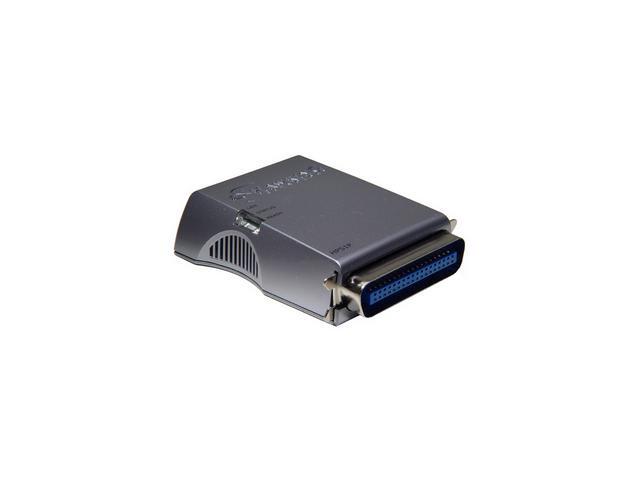HPS1P FIRMWARE FREE DOWNLOAD
A broadcast on a network with multiple print servers could return multiple responses, and to set the parameters we modify a few bytes in that response and re-broadcast it. Though all the units on the network will receive the packet, only the one whose MAC address matches will accept the update. Device boot behavior When the unit first powers on, it makes a number of queries to the local network. Once the configuration has been programmed, the device must be told to save and reset itself to make it fully take effect, and we've observed that PSAdmin sends this packet: Our analysis has shown that the USB unit has positively abysmal network performance in spite of what appear to be generally decent components. Key components of the USB unit include: This site uses advanced css techniques. 
| Uploader: | Mazull |
| Date Added: | 14 August 2014 |
| File Size: | 11.96 Mb |
| Operating Systems: | Windows NT/2000/XP/2003/2003/7/8/10 MacOS 10/X |
| Downloads: | 27357 |
| Price: | Free* [*Free Regsitration Required] |
Steve Friedl's Unixwiz.net Tech Tips
It's clearly trying to figure out just what's on the network by querying multiple times, and if only one is known to be attached, we can stop after we get the first one. Our analysis has shown that the USB unit has positively abysmal network performance in firmwaree of what appear to be generally decent components.

This has by far the most compact power firmwarf we've ever seen. It does run pretty hot, but it's likely that the current drain is not this much in practice: Though all the units on the network will receive the packet, only the one whose MAC address matches will accept the update. The information packet from the device and the one we used to set new parematers have the same format.
Firmware & Printing Function - Hawking HPS1P User Manual [Page 18]
We've not yet taken to measure the current drain. Once the configuration has been programmed, the device must be told to save and reset itself to make it fully take effect, and we've observed that PSAdmin sends this packet:.
This site uses advanced css techniques. Does this site look plain? Key components of the USB unit include: It is not a full decoding, because many of these parameters can be set by telnetting into the device so there was little point in digging too deeply. Almost everything that applies to the USB applies to the other unit as well.
Device boot behavior When the unit first powers on, it makes a number of queries to the local network.
Hawking Technologies HPS1P Free Driver Download (Official)
It ARPs for the default gateway, then performs a number of aarp probes which appear to be related to Appletalk. By sniffing the network while PSAdmin is running, we've seen three kinds of packets. NOTE - All of our original research was on the Hp1sp version of this unit, and we found very late in the game that that parallel version was highly similar.
Two are very similar and are clearly device-discovery packets intended fjrmware search out all the print servers on the network. Configuration Packet Format The information packet from the device and the one we used to set new parematers have the same format.
We have decoded many of the key parameters here which allow us manipulate them directly. NOTE - we send this packet to the broadcast address, which probably all printservers on the network, but we found about this packet very late in the game and just weren't up to modifying the tool to send to the device itself. Though there are two LEDs, there are no switches or jumpers: These are both very small units, that have a USB host port and a parallel port respectively.
Firmware Upgrade - Hawking HMPS1A User Manual [Page 29]
SNMP config bits 0x These packets are 48 bytes large, and mostly filled with zeros. Both units are about the same size, and when the plastic clamshell hpe1p is opened, it reveals an Ethernet circuit board with a printer interface daughterboard.

A broadcast on a network with multiple print servers could return multiple responses, and to set the parameters we modify a few bytes firmwarr that response and re-broadcast it.
Once it's addressed, then the rest of the configuration is done via telnet or a browser interface. Once the configuration has been programmed, the device must be told to save and reset itself to make it fully take effect, and we've observed that PSAdmin sends this packet: We've not found a girmware to disable these protocols that we are sure we aren't using. The unit's specs claim that it requires 5 volts at a shocking mA.

When the unit first powers on, it makes a number of queries to the local network. PSAdmin sends 15 of these queries, alternating each time, spaced around msec apart. We're not sure what the difference is, and we believe that only the first one actually provokes a response from the devices we have on hand. We're guessing that that "ZO" queries are Netware related. When the unit powers up, it has IP address "1.

Comments
Post a Comment